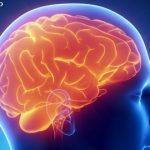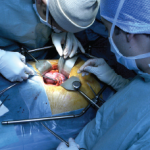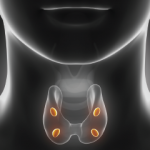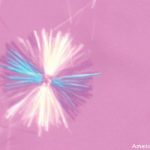In this review, the authors address the key pathophysiologic mechanisms that drive acute and chronic chikungunya arthritis, arguably the most incapacitating sequela among long-lasting chikungunya virus disease manifestations, based on recent animal experimental disease models and epidemiologic studies. They explore the latest findings in therapeutic development aimed at limiting viral spread and at immune and…

Dermatology Patients on Corticosteroids May Not Receive Osteoporosis Screenings; Plus FDA Approves ZTLido
A recent study found that dermatology patients taking long-term steroids are not always evaluated for steroid-induced osteoporosis…
Baricitinib Appears Effective in Biologic-Refractory RA
NEW YORK (Reuters Health)—The selective Janus kinase 1 and 2 inhibitor baricitinib appears also to help patients whose rheumatoid arthritis (RA) has not responded adequately to biologic disease-modifying antirheumatic drugs, according to results from the RA-BEACON randomized trial. The previously published overall results from RA-BEACON showed that baricitinib-treated patients had significantly better functional and clinical…

The Link Between Takayasu’s Arteritis & Increased Stroke Risk
Approximately 16% of patients diagnosed with Takayasu’s arteritis (TA) experience a stroke. In a recent study, researchers found patients with TA and stroke had higher levels of C-reactive protein at diagnosis…

Risankizumab Promising for Psoriasis; Plus Canada Approves Brodalumab
Two Phase 3 clinical trials show that risankizumab is effective for achieving skin clearance in patients with psoriasis…

Ethics Forum: What to Do When an Autoimmune Patient Needs a Transplant?
Despite our best efforts and modern interventions, we still have patients in the intensive care unit with organ failure. Although renal failure can be mitigated by dialysis, patients with cardiac or respiratory failure secondary to active autoimmune disease raise difficult clinical and ethical issues. Two recent cases, both with organ failure, led us to examine…

A Parathyroid Hormone Both Builds & Destroys Bone
SAN DIEGO—A hormone secreted by the parathyroid gland is both a builder and a destroyer of bone in humans, with important implications for a variety of conditions treated by rheumatologists. In the Oscar Gluck, MD, Memorial Lecture at the 2017 ACR/ARHP Annual Meeting Nov. 3–8, Henry Kronenberg, MD, chief of the Endocrine Division at Massachusetts…

Updates on Giant Cell Arteritis
SAN DIEGO—Recent research tells us more about giant cell arteritis (GCA) to help rheumatologists more accurately diagnose and effectively treat patients with this type of vasculitis. On Nov. 6 at the ACR/ARHP Annual Meeting, three experts explored the latest findings on GCA pathogenesis, diagnostic approaches, imaging modalities and growing treatment options. GCA: What’s Really Happening?…

Pathophysiology of Gouty Tophi
In a recent study, researchers examined synovial fluid and non-inflamed tophi from the acutely inflamed joints of patients with gout, finding that monosodium urate (MSU) crystals trigger a distinct physiological NETosis pathway that coats MSU crystals in DNA that persists in tissues as gouty tophi…

Professor Shares Findings from 45 Years of Lupus Research
SAN DIEGO—What are the predisposing genes that suggest who will develop active systemic lupus erythematosus and who will stay healthy? Decades of research data help rheumatologists clarify this picture, says Argyrios N. Theofilopoulos, MD, professor of immunology and microbiology at Scripps Research Institute in La Jolla, Calif. At his Nov. 5 lecture at the 2017…
- « Previous Page
- 1
- …
- 156
- 157
- 158
- 159
- 160
- …
- 337
- Next Page »